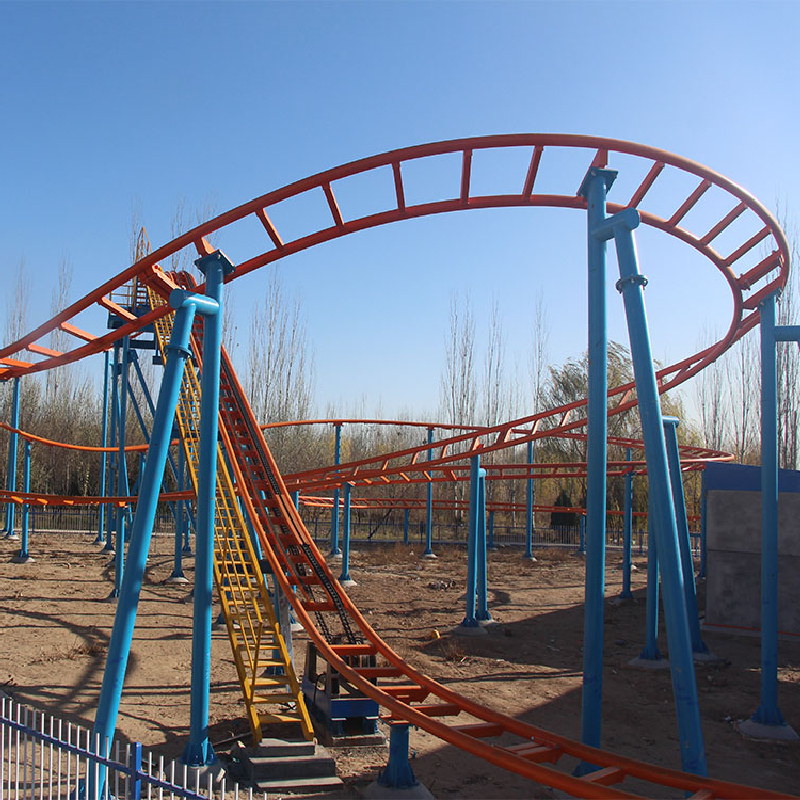- Albanian
- Arabic
- Belarusian
- Bengali
- Czech
- English
- French
- German
- Hebrew
- Hungarian
- Indonesian
- irish
- Italian
- Japanese
- kazakh
- Persian
- Russian
- Thai
- Uzbek
- Vietnamese
A Guide to Thrilling Roller Coasters Around the World
The Thrill of Roller Coasters A Journey Through Time and Innovation
Roller coasters have long held a special place in the hearts of thrill-seekers around the globe, offering a unique blend of adrenaline, joy, and spine-tingling excitement. From their humble beginnings to modern technological marvels, roller coasters epitomize the art of amusement and engineering. This article takes a closer look at the evolution, types, and cultural significance of roller coasters, exploring why they continue to captivate millions each year.
A Brief History
The origins of roller coasters can be traced back to the 17th century when Russian ice slides were created for summer entertainment. These early versions involved wooden tracks on which sleds would coast downhill, providing a taste of the exhilarating experience we associate with roller coasters today. However, it wasn't until the 19th century that the first true roller coaster was constructed. The Mauch Chunk Switchback Railway, built in 1827 in Pennsylvania, is often credited as the world's first roller coaster, featuring gravity-powered cars that descended from a coal mine.
As the years progressed, roller coasters underwent significant transformations. The introduction of the looping coaster in the early 20th century revolutionized the experience, providing riders with a new level of excitement. The 1920s saw the installation of wooden coasters, which became immensely popular due to their ability to deliver thrilling rides at amusement parks across America.
Types of Roller Coasters
Today, roller coasters come in various shapes and sizes, catering to diverse tastes and courage levels. Some of the most popular types include
1. Wooden Coasters Characterized by their classic construction, wooden coasters like the Coney Island Cyclone deliver a nostalgic, rickety ride. Despite their older technology, they remain beloved for their charm and unique experience.
2. Steel Coasters Introduced in the late 20th century, steel coasters are capable of achieving higher speeds and more complex loops compared to their wooden counterparts. Rides like Steel Vengeance at Cedar Point showcase the capability of steel engineering.
3. Inverted Coasters Inverted coasters, where the tracks are above the riders, offer a different thrill by allowing participants to dangle freely. Coasters like Batman The Ride create a sensation of weightlessness as they twist and turn.
roller coasters at

4. Launch Coasters Utilizing linear synchronous motors or magnetic propulsion, launch coasters like Top Thrill Dragster catapult riders to staggering speeds in a matter of seconds, providing an adrenaline rush from the outset.
5. Virtual Reality Coasters A relatively recent innovation, these coasters integrate virtual reality headsets, transporting virtual reality enthusiasts into immersive experiences that complement the physical thrills of the ride.
The Cultural Significance
Roller coasters are more than just rides—they are cultural icons, embodying the spirit of adventure and fun. They often serve as symbols of innovation and progress, reflecting the engineering prowess of their times. Major amusement parks, like Disneyland, Six Flags, and Cedar Point, have built their reputations around their signature coasters, which attract visitors from all corners of the globe.
Events dedicated to roller coasters, such as CoasterCon and the International Association of Amusement Parks and Attractions (IAAPA) Expo, celebrate the latest advancements in coaster technology and design. These gatherings foster a community of coaster enthusiasts who share their passion, experiences, and knowledge about various rides.
The Thrill of the Ride
What makes roller coasters so addictive? For many, the thrill of plunging down steep drops, racing through loops, and feeling the wind rush past creates an unparalleled rush of excitement. The combination of anticipation, fear, and sheer joy releases endorphins, making the experience deeply satisfying. The sense of camaraderie shared among riders, whether screaming in delight or gripping the safety bar in terror, enhances the overall enjoyment, making each coaster experience memorable.
Conclusion
Roller coasters have evolved dramatically over the centuries, from rudimentary tracks to breathtaking engineering feats. They embody adventure, innovation, and the essence of fun, providing millions with unforgettable experiences. As technology continues to advance, the future of roller coasters promises even more thrilling rides, keeping the spirit of adventure alive for generations to come. Whether you're a seasoned coaster veteran or a first-time rider, the thrill of a roller coaster is a universal experience that transcends age and culture, uniting people in the pursuit of excitement and joy.
-
Flume Ride-Hebei Zhipao Amusement Equipment Manufacturing Co., Ltd.|Thrilling Water Attraction&Customizable DesignJul.30,2025
-
Flume Ride - Hebei Zhipao Amusement Equipment | Water Coaster, Thrilling DescentJul.30,2025
-
Flume Ride - Hebei Zhipao | Thrilling Water AttractionJul.30,2025
-
Flume Ride: Thrilling Water Attraction by Hebei Zhipao|Log Flume Manufacturers&Flume Ride DesignJul.30,2025
-
Flume Ride-Hebei Zhipao Amusement Equipment Manufacturing Co., Ltd.|Thrilling Water Coaster, Safe DesignJul.30,2025
-
Flume Ride-Hebei Zhipao Amusement Equipment Manufacturing Co., Ltd.|Thrilling Water Attraction, Safe DesignJul.30,2025
